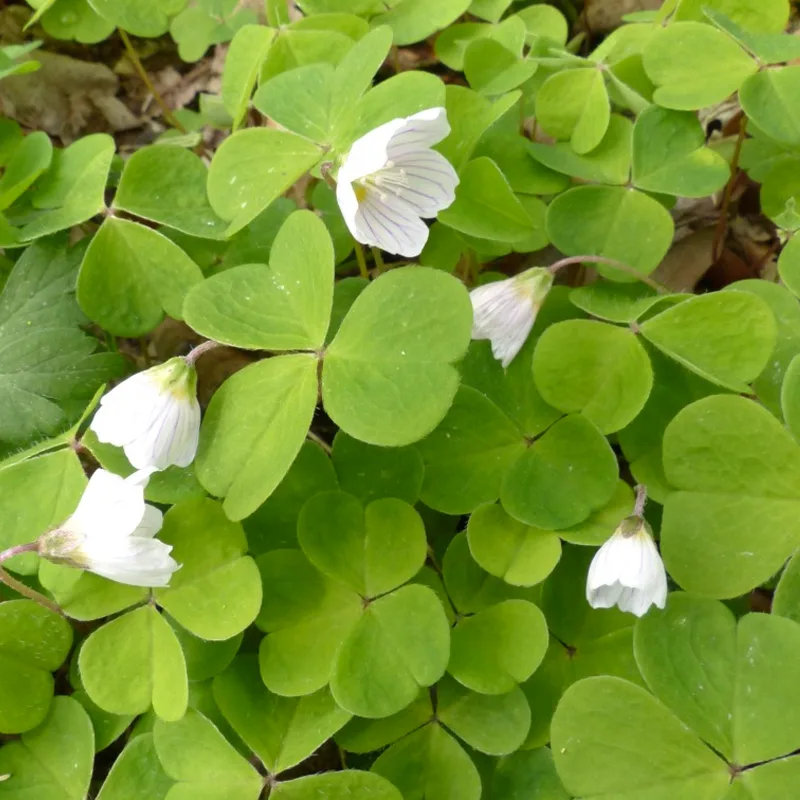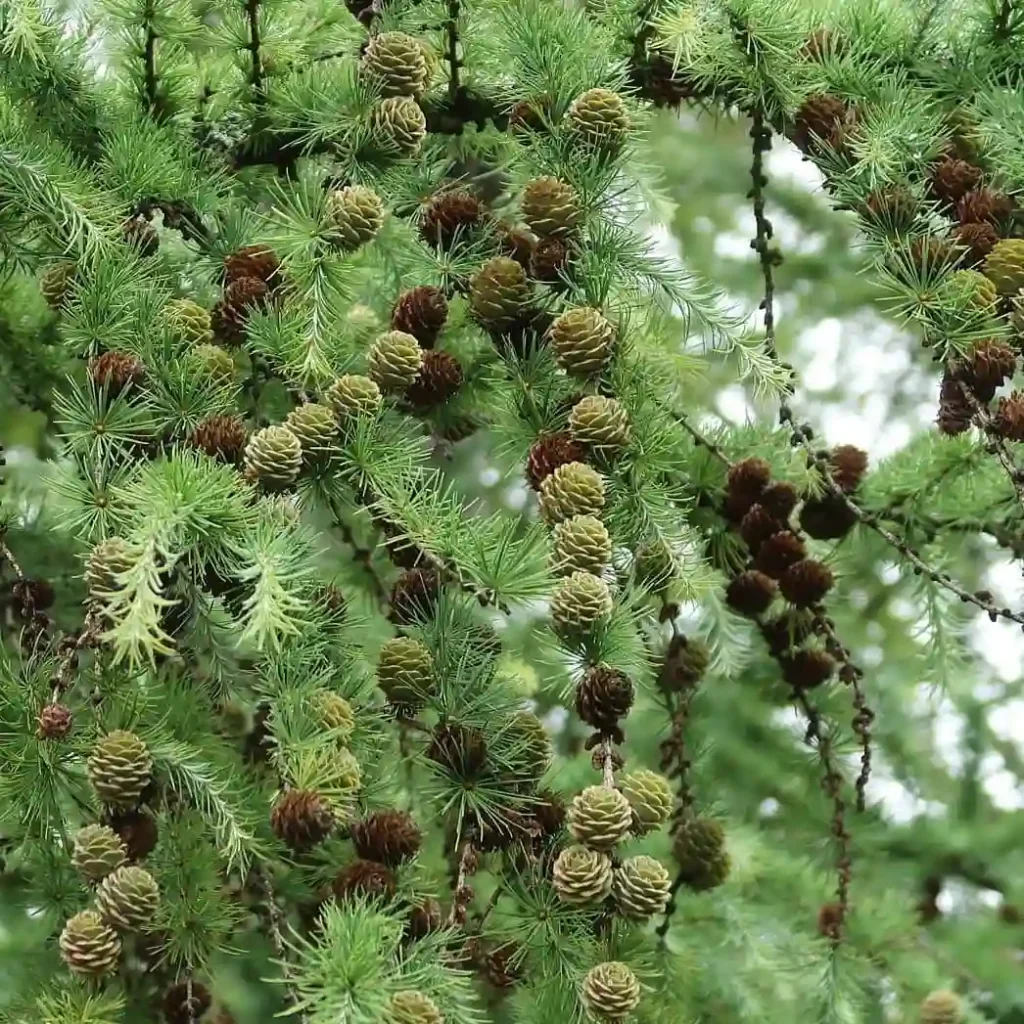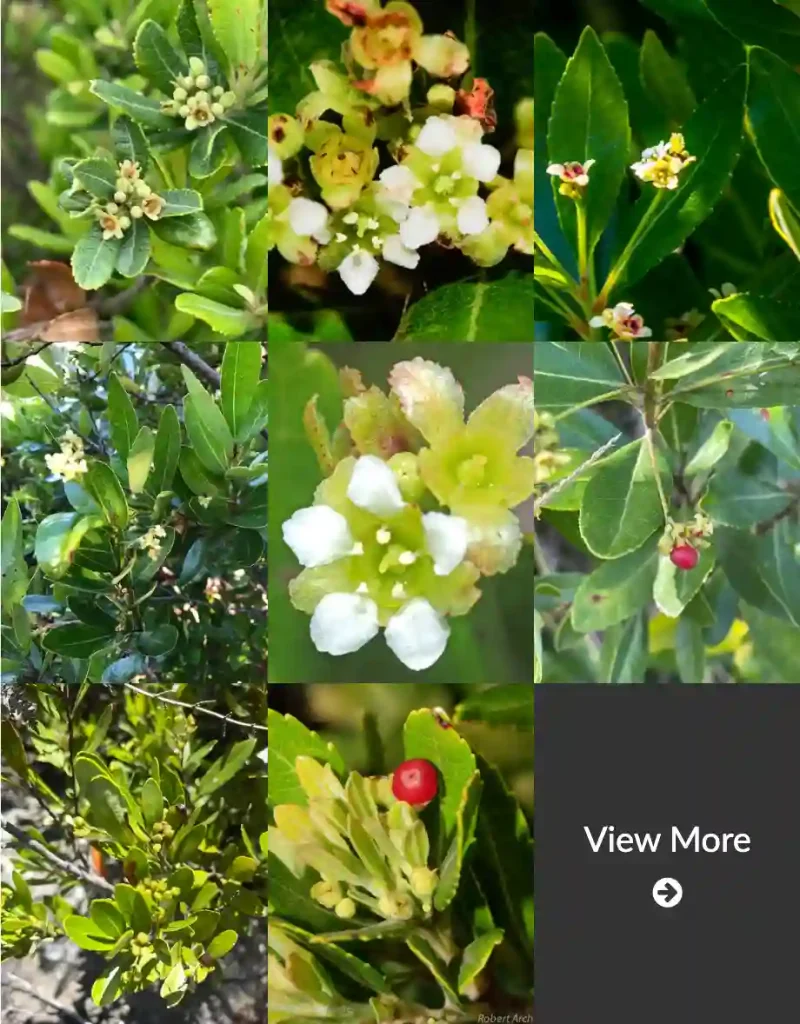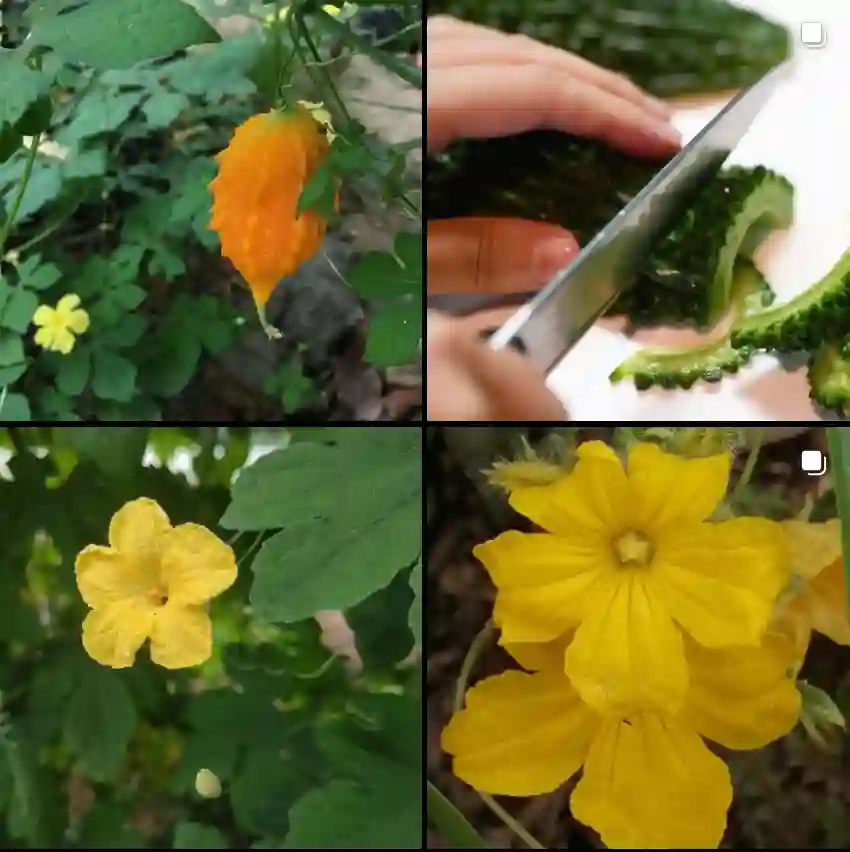FAQs About Rosa Californica
Rosa Californica, also known as the California Wild Rose, is a remarkable plant that I’ve come to appreciate deeply in my garden. Whether you’re a seasoned gardener or just starting out, understanding the nuances of this beautiful shrub can enhance your gardening experience. Here are some frequently asked questions (FAQs) about Rosa Californica that I’ve encountered over the years.
391 Species in Genus Rosa
What is Rosa Californica?
Rosa Californica is a native shrub to California, thriving in various climates across the state. It’s known for its fragrant, pink flowers that bloom from spring to early summer. This rose species is a favorite among gardeners who appreciate its natural beauty, wildlife attraction, and resilience. Unlike some of its more cultivated cousins, Rosa Californica is hardy and adaptable, making it an excellent choice for those looking to add a touch of wild elegance to their garden.
How to Care for Rosa Californica?
Caring for Rosa Californica is relatively straightforward. This plant thrives in well-drained soil and can handle a variety of soil types, including clay, loam, and sandy soils. It prefers full sun but can tolerate partial shade. Watering needs are moderate; while the plant is drought-tolerant once established, regular watering during dry periods will help it thrive. Mulching around the base of the plant can help retain moisture and keep the roots cool during hot summer months.
When to Prune Rosa Californica?
Pruning Rosa Californica is essential to maintain its shape and encourage healthy growth. The best time to prune is during the late winter or early spring, just before new growth begins. I usually start by removing any dead or damaged wood, followed by thinning out overcrowded branches to improve air circulation. This helps prevent diseases and promotes better flowering. A light pruning after the first bloom in summer can also encourage a second, albeit smaller, flush of flowers.
How to Propagate Rosa Californica?
Propagating Rosa Californica can be done through seeds, cuttings, or suckers. I’ve found that the easiest method is by using root suckers, which the plant naturally produces. To propagate using suckers, carefully dig around the base of the plant to find a rooted sucker. Gently separate it from the parent plant, ensuring that it has some roots attached, and transplant it to a new location. Water the new plant well to help it establish.
What to Plant with Rosa Californica?
Rosa Californica pairs well with other native California plants that share similar growing conditions. I like to plant it alongside Ceanothus, California Poppies, and Yarrow. These companions not only complement the rose’s delicate flowers but also help create a diverse and thriving ecosystem in the garden. Additionally, these plants are all drought-tolerant, making them ideal partners for a low-maintenance, water-wise garden.
Can You Grow Rosa Californica Indoors?
Rosa Californica is not typically grown indoors. It’s a hardy shrub that prefers outdoor conditions where it can spread and grow naturally. If you’re looking to enjoy roses indoors, consider smaller, potted varieties of cultivated roses. These are better suited for indoor environments and can provide the same charm without the challenges of growing a wild species indoors.
Is Rosa Californica Toxic?
Rosa Californica is not toxic to humans or pets, which makes it a safe addition to any garden. However, like all roses, it does have thorns, so it’s best to handle the plant with care, especially when pruning or propagating. The rose hips, which form after the flowers bloom, are edible and can be used to make teas, jellies, and other culinary delights.
Benefits of Growing Rosa Californica
There are numerous benefits to growing Rosa Californica in your garden. Beyond its aesthetic appeal, this plant is a magnet for wildlife. The flowers attract pollinators such as bees and butterflies, while the rose hips provide food for birds and small mammals. Additionally, Rosa Californica is a low-maintenance plant that’s well-suited to natural or wild gardens. Its drought tolerance also makes it an environmentally friendly choice, especially in areas prone to water shortages.
Common Problems with Rosa Californica
While Rosa Californica is generally a hardy plant, it can be susceptible to some common rose diseases such as powdery mildew and rust. Proper spacing, good air circulation, and regular pruning can help prevent these issues. Occasionally, you might encounter aphids or spider mites, but these can usually be managed with a strong jet of water or organic insecticidal soap. I’ve found that keeping the plant healthy through proper care minimizes most pest and disease problems.
Comparing Rosa Californica with Similar Species
Rosa Californica is often compared to other wild rose species, such as Rosa Woodsii (Woods’ Rose) and Rosa Nutkana (Nootka Rose). While these species share some similarities, such as their natural habitats and appearance, there are distinct differences. Rosa Californica typically has more abundant and fragrant flowers compared to Rosa Woodsii, while Rosa Nutkana’s flowers are larger and bloom later in the season. Choosing between them depends on your specific gardening needs and aesthetic preferences.
Conclusion
Rosa Californica is a versatile and beautiful plant that brings a touch of the wild into any garden. Its ease of care, coupled with its benefits to local wildlife, makes it a valuable addition to both natural and cultivated gardens. Whether you’re interested in its aesthetic appeal, its ecological benefits, or simply its low-maintenance nature, Rosa Californica is a plant that will reward you with years of beauty and enjoyment.
If i die, water my plants!



